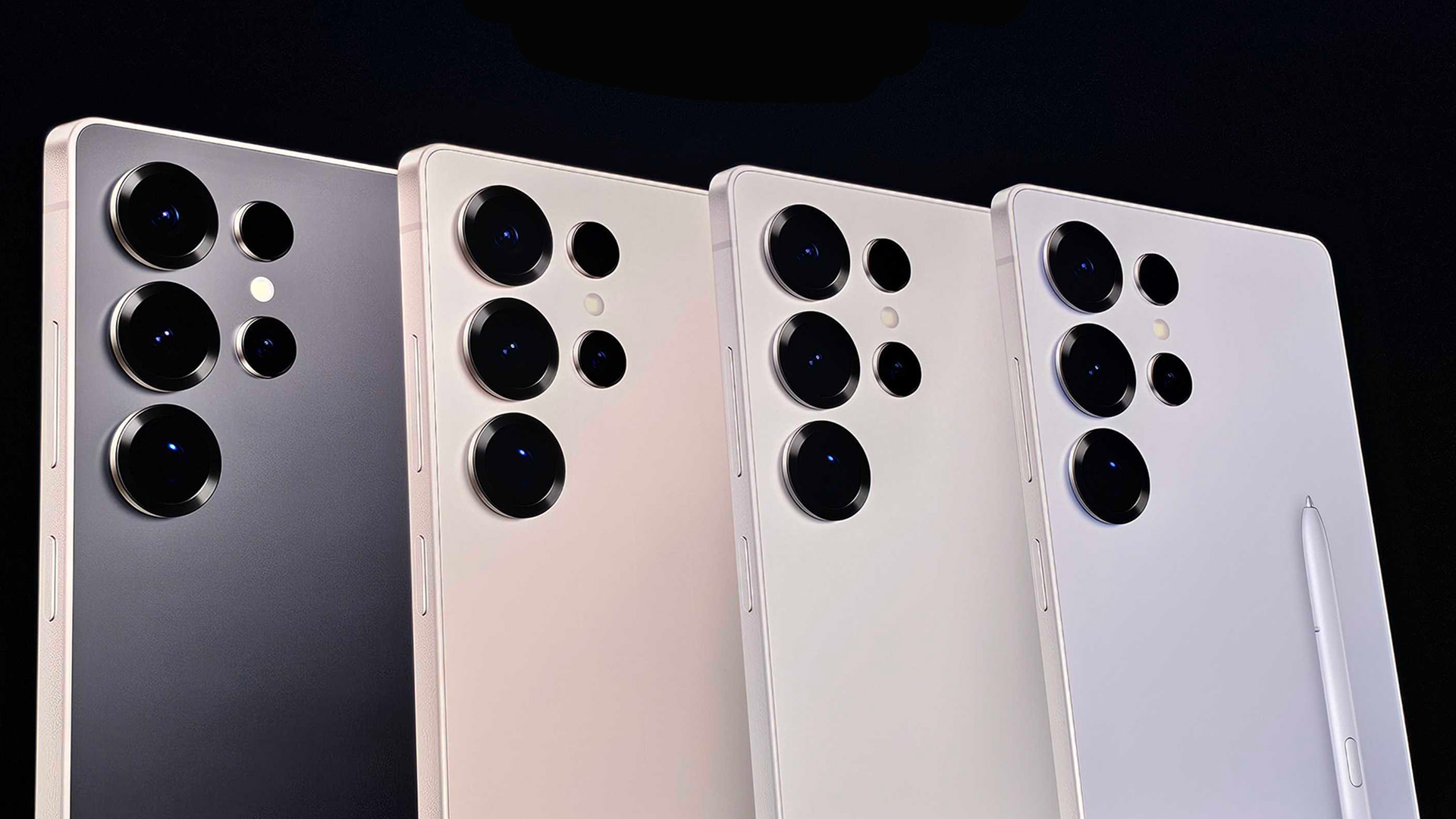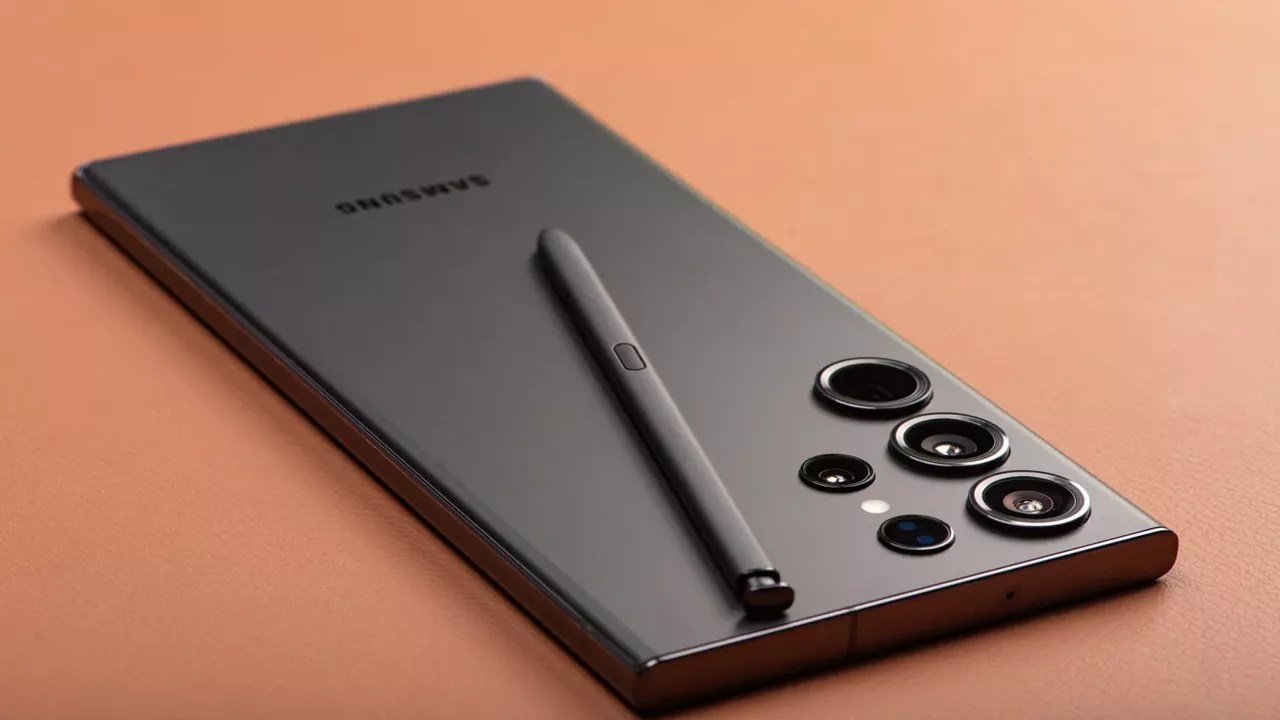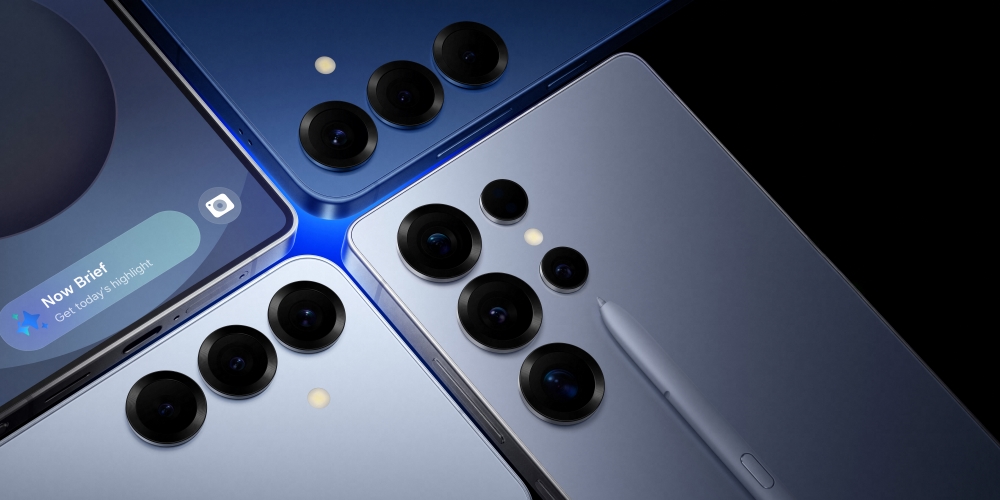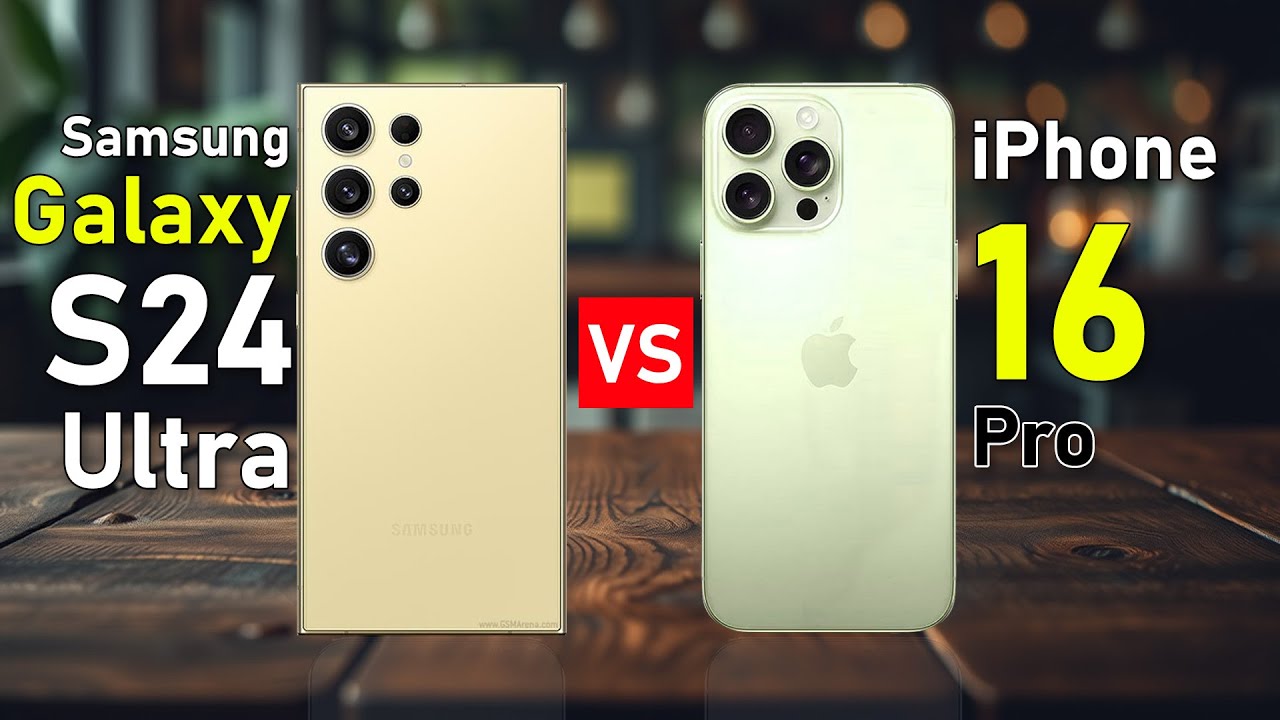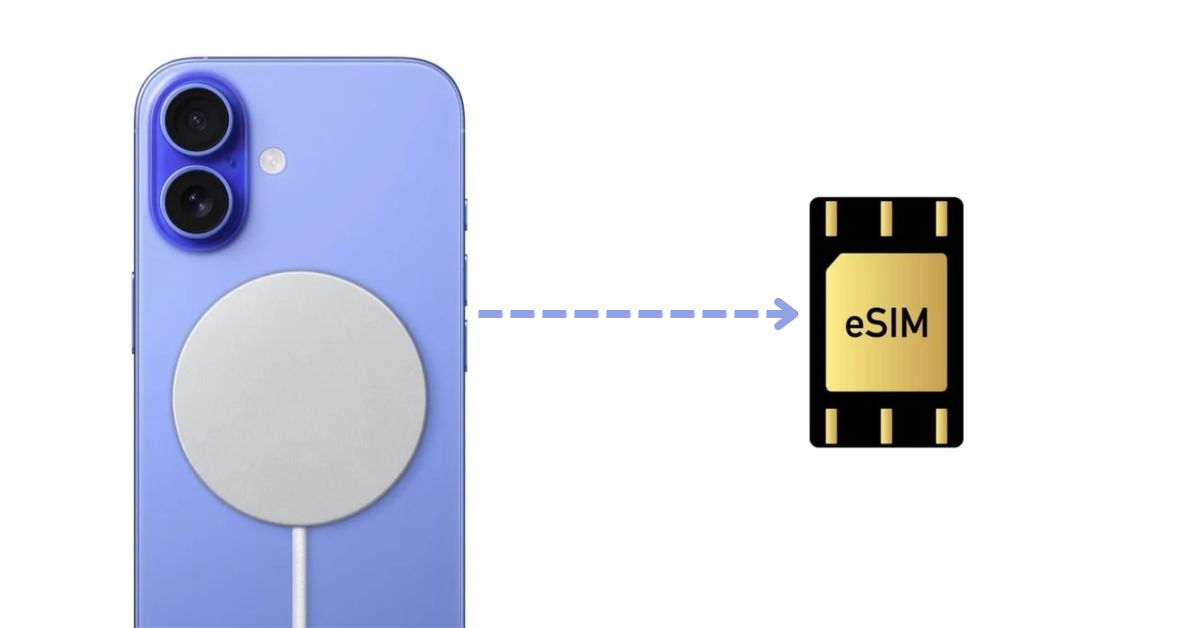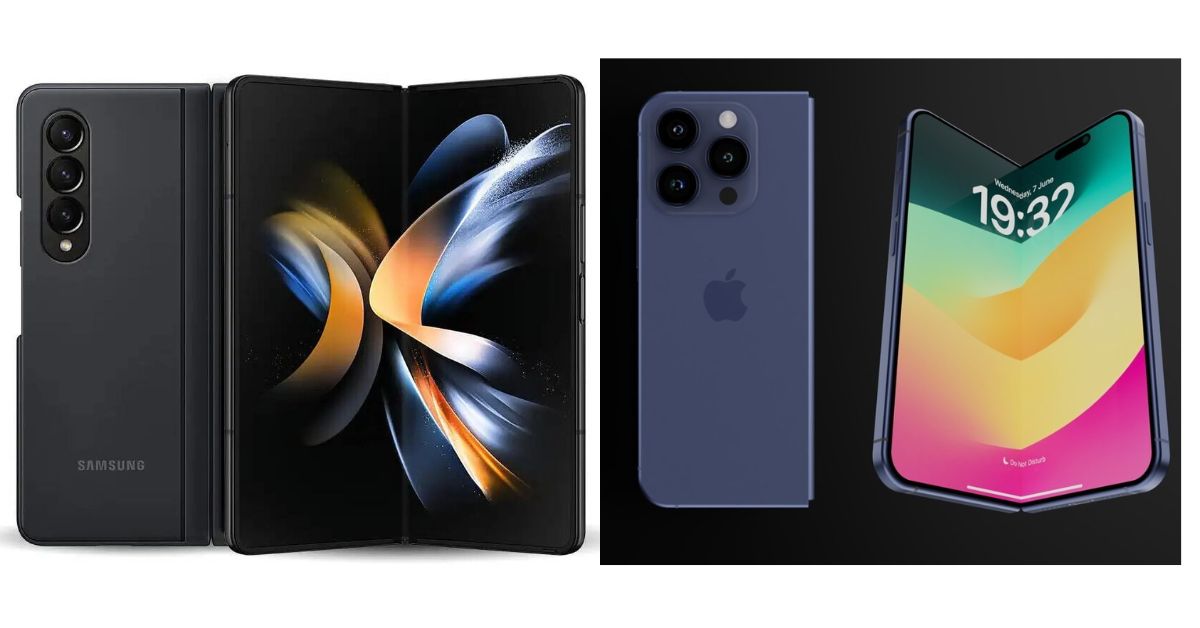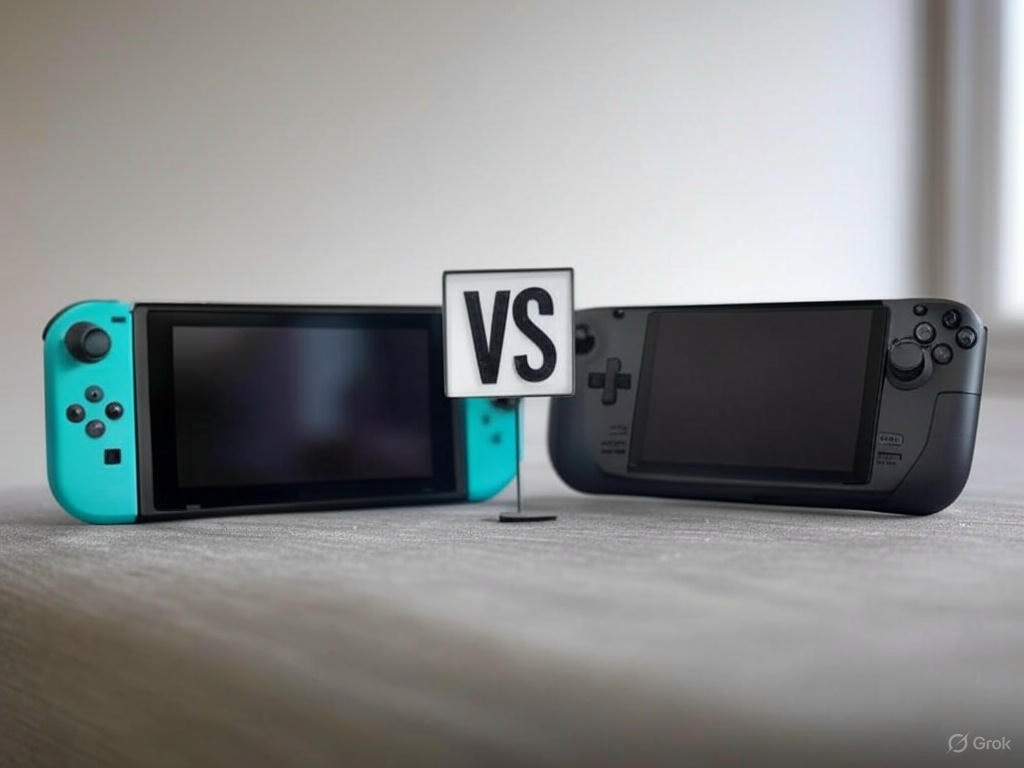Google’s Pixel devices have always been known for their stellar cameras and pure Android experience. But with the Pixel series now competing against high-performance flagships, the introduction of Google’s in-house Tensor chips over the last few years has sparked a key debate. Can the upcoming Tensor G5 challenge Qualcomm’s powerhouse Snapdragon 8 Elite in the highly anticipated Pixel 10, or does Google’s custom silicon need more time to catch up?
This blog breaks down how Tensor G5 and Snapdragon 8 Elite stack up against each other and what this competition means for the Pixel 10 experience.
| Feature/Specification | Tensor G5 | Snapdragon 8 Elite |
|---|---|---|
| Manufacturing Process | 3nm (expected) | 3nm |
| CPU Architecture | Custom cores + ARM Cortex setup | ARM Cortex-X4 + Cortex-A720 setup |
| GPU | Mali-based custom design | Adreno 750 |
| AI Performance | Enhanced Google AI optimizations | Advanced Qualcomm AI Engine |
| Integrated Modem | Custom 5G modem | Snapdragon X75 5G modem |
| Efficiency | Focus on power optimization | High energy efficiency benchmarks |
| Camera Processing | Advanced computational photography | AI-driven image signal processing |
| Connectivity | Wi-Fi 7, Bluetooth 5.4 | Wi-Fi 7, Bluetooth 5.4 |
| Software Integration | Seamless Android optimization | Android and other OS compatibility |
| Benchmarks (Performance) | TBD | Industry-leading scores |
The exact performance and efficiency of the Tensor G5 remain to be seen, but this comparison highlights how it stacks against Qualcomm’s latest innovations. With specific Google AI optimizations and custom silicon advancements, the Pixel 10 could provide a unique user experience.
A Brief History of Google Tensor G Series
The Tensor chip series, introduced with the Pixel 6, marked Google’s foray into custom silicon. The goal wasn’t to chase sheer performance numbers; instead, Tensor chips were designed to elevate AI features, camera capabilities, and on-device machine learning.
Key Milestones in the Tensor G Series
Tensor G1 (Pixel 6/6 Pro)
- Focused on AI-driven features like real-time translation and advanced computational photography.
- Performance was solid but lagged behind competitors like Qualcomm’s flagship chips in raw power and gaming efficiency.
Tensor G2 (Pixel 7/7 Pro)
- Improved power efficiency and better heat management compared to its predecessor.
- Enhanced camera performance, introducing real-time unblur tools and smarter HDR processing.
Tensor G3 (Pixel 8/8 Pro)
- Significant strides in AI features, such as Magic Editor and enhanced voice clippings. The gap in GPU performance, however, remained noticeable when compared against flagship Snapdragon chips.
Google’s approach with Tensor chips is clear—they optimize for real-world applications and AI-powered user experiences rather than benchmarking dominance. With the Tensor G5, rumors hint at further refinement, but how does it stack against Qualcomm’s Snapdragon 8 Elite?
Meet the Qualcomm Snapdragon 8 Elite
Qualcomm’s Snapdragon series has set the benchmark for mobile chips for over a decade, particularly in terms of raw performance, gaming capabilities, and cutting-edge connectivity. The Snapdragon 8 Elite represents their latest innovation, pushing the boundaries of what’s possible in the Android ecosystem.
What Makes Snapdragon 8 Elite Stand Out?
- Blazing Fast Performance
Built on TSMC’s advanced 4nm architecture, Snapdragon 8 Elite boasts a tightly integrated CPU and GPU combo designed for next-generation processing speeds. No matter the task—whether gaming or multitasking—it handles it all effortlessly.
- AI and Camera Features
The chip delivers exceptional AI processing, powering features such as advanced computational photography with insane levels of detail and dynamic HDR capabilities.
- Improved Power Efficiency
Despite the leaps in performance, Snapdragon 8 Elite ensures optimized energy consumption, giving users better battery life than earlier generations.
With device manufacturers across the globe equipping their flagships with Snapdragon chips, Qualcomm has set a high-performance bar for Tensor G5 to aspire to.
Tensor G5 vs. Snapdragon 8 Elite Breakdown
Now for the main event—how do these chips compare across crucial categories?
1. CPU Performance
- Tensor G5: Tensor chips traditionally prioritize AI-focused optimizations over peak CPU performance. While incremental improvements are expected in single- and multi-core scores, don’t expect the G5 to dethrone Snapdragon benchmarks.
- Snapdragon 8 Elite: Armed with cutting-edge Kryo cores, Snapdragon 8 Elite sets new standards in processing speeds, ideal for high-demand multitasking and gaming.
2. GPU and Gaming
- Tensor G5: While the GPU may see minor hardware upgrades, Tensor chips historically lag behind Snapdragon in terms of gaming stability, fps, and rendering heavy 3D graphics.
- Snapdragon 8 Elite: Qualcomm’s Adreno GPU remains a flagship highlight, delivering top-tier frame rates for popular titles like Genshin Impact and Call of Duty Mobile.
3. AI Capabilities
- Tensor G5: This is where Tensor shines. Leaks suggest the G5 will push real-time edge computing, voice recognition, and image processing to new heights. Expect features like Magic Eraser, AI-driven call screening, and automatic smart replies to become even more sophisticated.
- Snapdragon 8 Elite: Qualcomm’s AI acceleration remains strong, particularly in enhancing AR experiences and real-time video stabilizations.
4. Power Efficiency
- Tensor G5: Power efficiency has always been a weak spot for Tensor chips. However, if the G5 is built on a more efficient node (speculated to be Samsung’s 3nm process), it could narrow the gap.
- Snapdragon 8 Elite: Qualcomm’s 4nm process ensures efficiency gains without compromising performance, making it a winner when it comes to battery life and minimal heat generation.
5. Overall Features
- Tensor G5: Tailor-made for Pixel-exclusive features, the G5 ensures deep integration with Android’s software stack. This close relationship enables unparalleled user conveniences, such as real-time language translations and next-gen photo editing tools.
- Snapdragon 8 Elite: With its near-universal adoption across flagship smartphones, Snapdragon enables unmatched versatility and access to the Android ecosystem.
What Tech Experts and Leaks Say
According to the latest leaks, Tensor G5 may see a jump in GPU power thanks to a reported collaboration with Nvidia for customizations. Meanwhile, Snapdragon 8 Elite promises not just iterative improvements but groundbreaking performance enhancements in thermal management.
Tech analyst Sarah Jennings notes, “Google’s Tensor chips may not catch up to Qualcomm purely in terms of power, but they offer immense value where software differentiation is concerned. It’s less about beating others and more about crafting a unique Pixel experience.”
From what we can gather from the leaks, Pixel 10 may feature improved computational photography (with dual-exposure HDR) alongside Snapdragon-challenging AI capabilities.
What This Could Mean for the Pixel 10
The choice between Tensor G5 and Snapdragon 8 Elite goes beyond hardware specs; it shapes the Pixel 10’s positioning in the competitive flagship market.
If Google continues using its custom silicon, Pixel 10 will likely double down on software-optimized AI features, focusing on camera wizardry, on-device AI, and convenience-driven tools. This would reinforce its identity as a user-friendly, premium Android device.
On the other hand, pairing the Pixel 10 with Snapdragon 8 Elite (as an alternative SKU or future experiment) could potentially expand its appeal to the mainstream market with higher performance and gaming capabilities while retaining its AI prowess.
Google Tensor G5’s Challenge to Compete
Simply put, Tensor G5 doesn’t have to outperform Snapdragon 8 Elite to succeed. It just needs to continue elevating the Pixel experience with real-world features that resonate with users, especially at the intersection of AI innovation and Android integration.
For Android developers and Pixel fans, the arrival of Tensor G5 doesn’t just promise better hardware—it celebrates the harmony of hardware and software innovation.

Dominic O. McCoy is a passionate writer who loves crafting engaging and informative blogs on a wide range of topics. With a deep curiosity and a knack for storytelling, he explores everything from lifestyle and technology to business and home improvement. Whether breaking down complex ideas or sharing practical tips, McCoy aims to deliver valuable content that resonates with readers. When he’s not writing, he enjoys learning about new trends and expanding his knowledge to bring fresh perspectives to his work.







